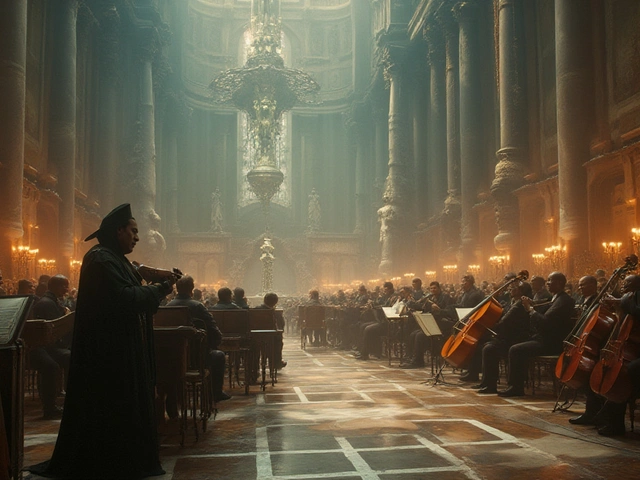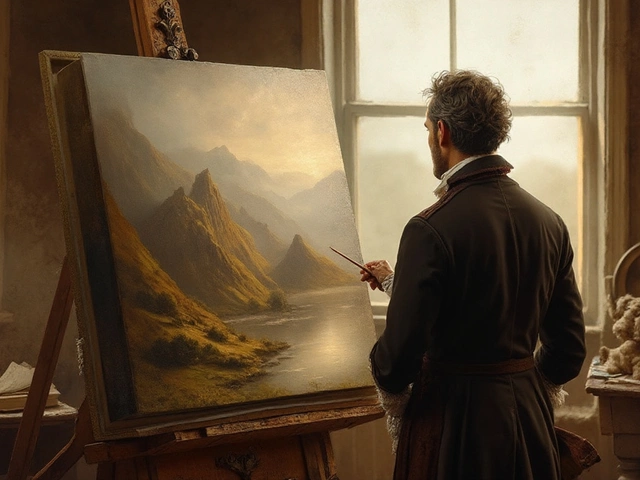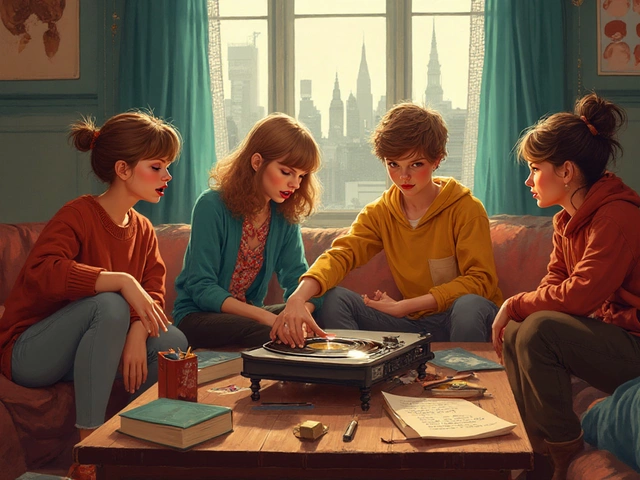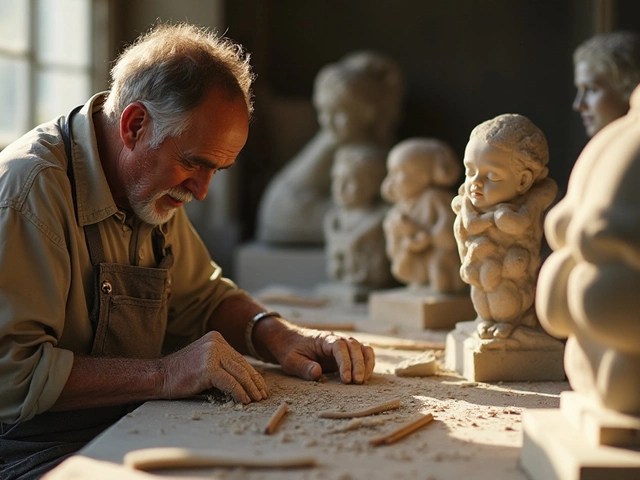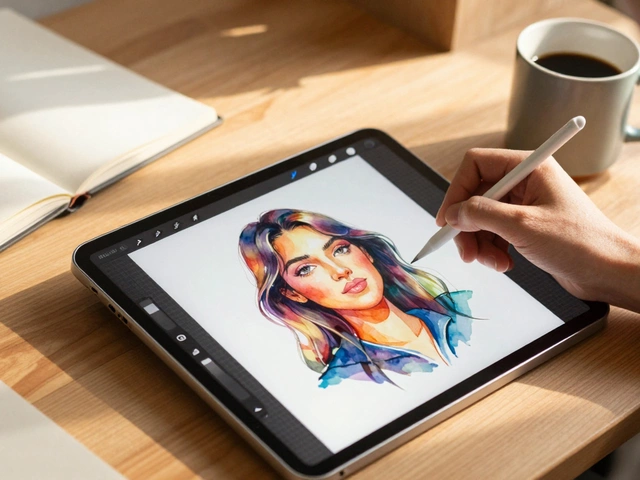Portraiture: Techniques, Styles & Modern Trends
When talking about portraiture, the art of representing a person’s likeness on a surface, capturing personality and mood. Also known as portrait painting, it spans centuries and mediums. A vivid branch of this field is hyperrealism, a style that pushes realism to photographic precision, often revealing textures that the eye might miss. Meanwhile, digital art, the creation of images using software and electronic tools, has opened new pathways for portrait creators to experiment with color, lighting, and layers. Traditional foundations still matter, and that’s where oil painting, a medium prized for its depth, blendability, and longevity, supports classic portrait techniques. On the opposite end, watercolor, a fluid, transparent medium that demands swift decisions, offers a fresh, spontaneous feel to portrait work. Together these elements shape how artists approach the subject today.
Portraiture isn’t just about copying a face; it’s a dialogue between the artist’s hand and the sitter’s story. Hyperrealism shows how technical skill can amplify that conversation, turning every pore and hair into an expressive detail. Digital art, on the other hand, adds flexibility – layers can be tweaked, colors reversed, and the final piece shared instantly worldwide. Oil painting supplies the slow, deliberate process that lets artists build up glaze after glaze, achieving luminous skin tones. Watercolor forces quick thinking, rewarding artists with luminous washes that capture fleeting emotions.
Key Tools and Skills Across Mediums
Mastering portraiture starts with observation. Whether you’re sketching a live model for an oil canvas or pulling a reference photo into a tablet for a digital portrait, you need a strong eye for proportion and light. Hyperrealists often use magnification tools and meticulous layering techniques. Digital creators rely on graphic tablets, pressure‑sensitive pens, and software brushes that mimic real media. Oil painters benefit from a well‑prepared ground, quality pigments, and patience for drying times. Watercolorists count on good paper grain, masking fluid, and a steady hand to control the flow of pigment.
Each medium also brings its own workflow. Digital artists can experiment without waste, explore color palettes instantly, and deliver files for print or web. Oil painters must plan underpainting, buildup, and final varnish, often working over weeks. Watercolorists work wet‑on‑wet or dry‑brush techniques, making every stroke count. Understanding these workflows helps you choose the right tool for the story you want to tell.
Beyond technique, portraiture intersects with the subjects we choose. Contemporary creators are portraying diverse faces, exploring identity, and using portraiture as social commentary. Hyperrealism can make a statement by magnifying cultural details, while digital art can incorporate motion graphics or interactive elements. Oil and watercolor remain powerful for evoking timeless moods and intimate moments.
Learning resources are abundant. Online tutorials break down digital brush settings, video courses cover oil glaze recipes, and workshops demonstrate watercolor washes. Practice drills—like reproducing a single eye in different media—sharpen your ability to translate observation into brushstrokes or pixels.
As you dive deeper, you’ll notice how each approach influences the next. A digital sketch can become an oil painting, a watercolor study can inspire a hyperrealist study, and a hyperrealist finish can be edited digitally for wider distribution. This fluid exchange fuels innovation across the portrait community.
Below, you’ll find a curated collection of articles that explore these topics in detail—from earning money with digital portraits to mastering oil glazing and understanding the allure of hyperrealistic faces. Each piece offers practical tips, real‑world examples, and insight into the evolving world of portraiture.
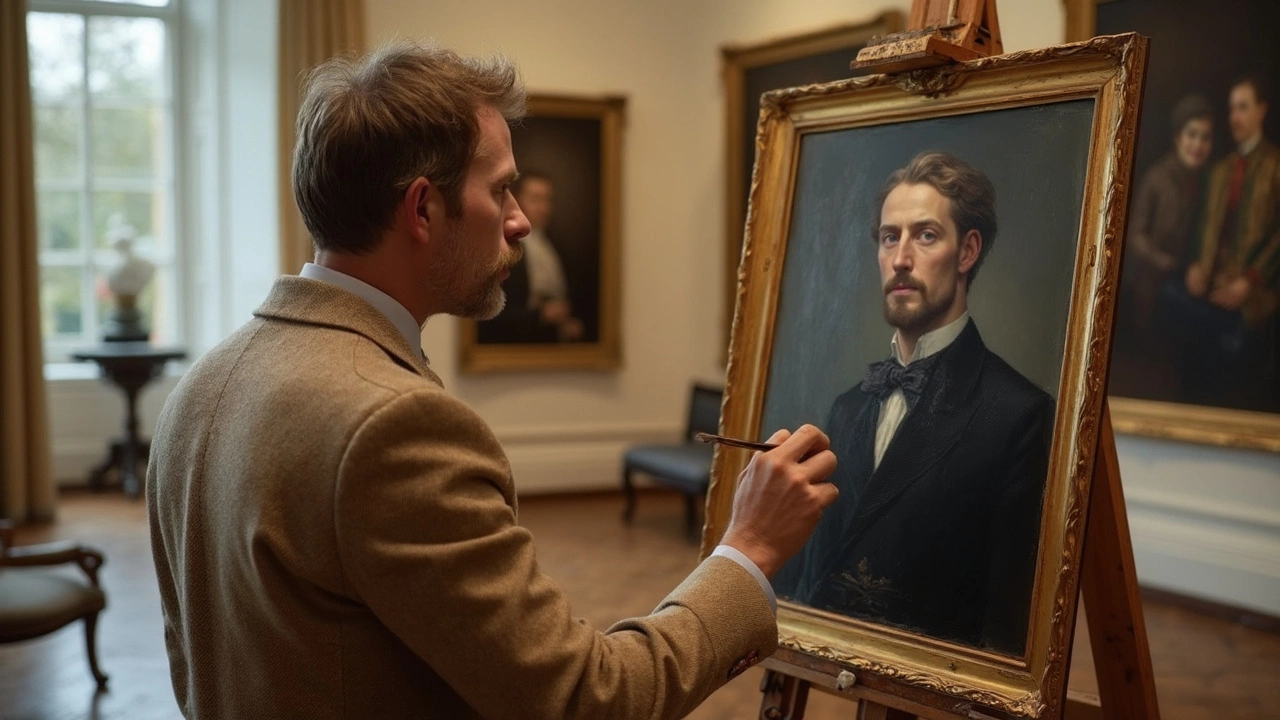
Curious about what a portrait painter is actually called? This article explains the specific terms people use for artists who specialize in portrait painting. You'll learn historical tidbits, the difference between a painter and a portraitist, and even get tips for choosing the right terms in conversation. Whether you're new to art or just want to sound smarter at a gallery, you'll find clear answers here.
